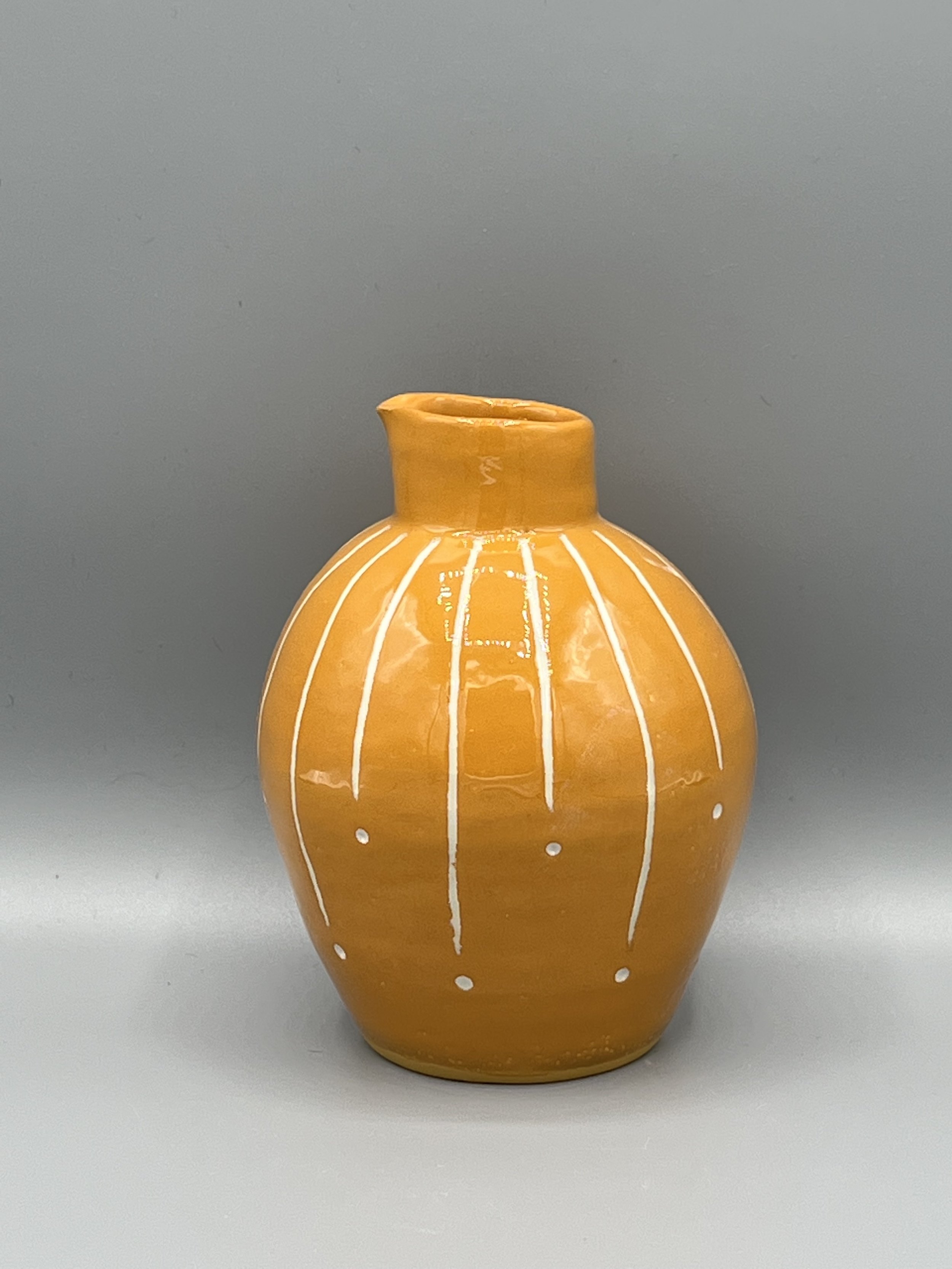
About Serena
Having completed her ceramics training at Central School or Art and Design in London, Serena set up a studio and had regular opportunities to exhibit.
In 1985 she moved to Sydney and worked with The Crafts Council, taught ceramics to children as well as establishing her own successful studio at Bondi Beach. She has had pieces in numerous exhibitions in Sydney and NSW including Sculpture by the Sea, Darling Harbour and the Sydney Art Gallery, and is represented in the collection of the National Gallery of Australia.
Origins
Being the daughter of practising artists, my father is a painter and my mother a print-maker I have been exposed to the art world from an early age and was always encouraged to produce my own work.
Having grown up in the British countryside my work seldom wanders far from nature’s bounty and, although trained as a ceramic artist, I enjoy working with a variety of materials including steel, copper, fibres, silks, plaster and clay and often incorporate items from nature’s debris – twigs, feathers, quills.
The Process
The formation of every piece requires research, study and experimentation. I find drawing enables my ideas to develop to the point of maturity.
I usually work on two or three ideas concurrently using a variety of traditional techniques including rolling, cutting, shaping and moulding of the clay.
They are glazed, or burnished, depending on the result I want to achieve, and after the final firing they are adorned with flamboyant additions. Each piece is individually made by hand so no two pieces are the same.
I have been fortunate enough to travel to many different countries and because of this I am inspired by tribal art and deeply attracted to the decorative ornamentation of the Masai people in Africa and the New Guinea hill tribes known for their ceremonial costumes and artefacts.
My vessels are often familiar tribal shapes with clean lines and earthy colours, relying on additional ornamentation for colour and texture. For these I wind coloured silks around wire, twigs etc. sometimes adding feathers and pine needles. Some of these additions resemble tribal ‘fetishes’ which are inanimate objects worshipped in certain cultures for their magical powers and spiritual energy and may signify anything from fertility to a peaceful after-life.






